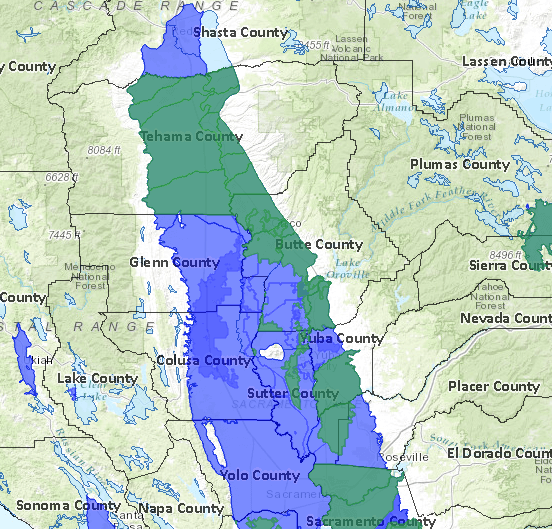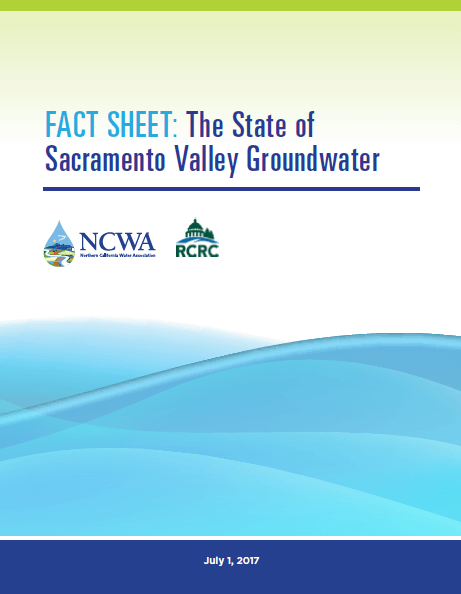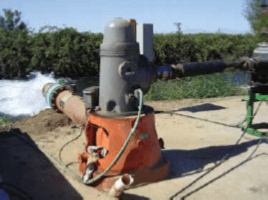David Guy, Northern California Water Association (NCWA)
Mary-Ann Warmerdam, Rural County Representatives of California (RCRC)
As we have crossed the first major milestone under California’s Sustainable Groundwater Management Act (SGMA), Groundwater Sustainability Agencies (GSA) have emerged and are organized across the entire Sacramento Valley floor. This includes collaboration among ten counties, nearly 100 special water districts and companies, as well as landowners.

Most importantly, these GSAs, together with water resource managers throughout the region, are poised for the next generation of groundwater management in California as shown in the new fact sheet: The State of Sacramento Valley Groundwater.

The GSAs in the Sacramento Valley are building upon the foundation that local agencies have developed over the past several decades, working with the Department of Water Resources (DWR) and others, to better understand and sustainably manage surface and groundwater resources. These local agencies are making major investments over the next five years to advance sustainable groundwater management as they advance their Groundwater Sustainability Plans that will be completed by 2022. Successful groundwater management is largely dependent upon the availability of affordable and reliable surface supplies, as this active conjunctive management of surface and groundwater has been essential to keeping the region in balance, essentially serving as the unseen reservoirs of the Sacramento Valley. Continuing this active management will be increasingly important in the Sacramento Valley to effectively serve water for multiple beneficial uses.
 Groundwater is a vital component of the Sacramento Valley’s water supply. The recent consecutive dry years in Northern California have illuminated the pressures on Sacramento Valley’s water resources and the challenges we face in providing reliable and affordable water supplies for various beneficial purposes in the Valley, including farms, cities and rural communities, fish, birds, and recreation. Groundwater provides nearly 30% of the region’s water supplies, with this percentage greatly increasing during dry years and during sustained droughts.
Groundwater is a vital component of the Sacramento Valley’s water supply. The recent consecutive dry years in Northern California have illuminated the pressures on Sacramento Valley’s water resources and the challenges we face in providing reliable and affordable water supplies for various beneficial purposes in the Valley, including farms, cities and rural communities, fish, birds, and recreation. Groundwater provides nearly 30% of the region’s water supplies, with this percentage greatly increasing during dry years and during sustained droughts.




